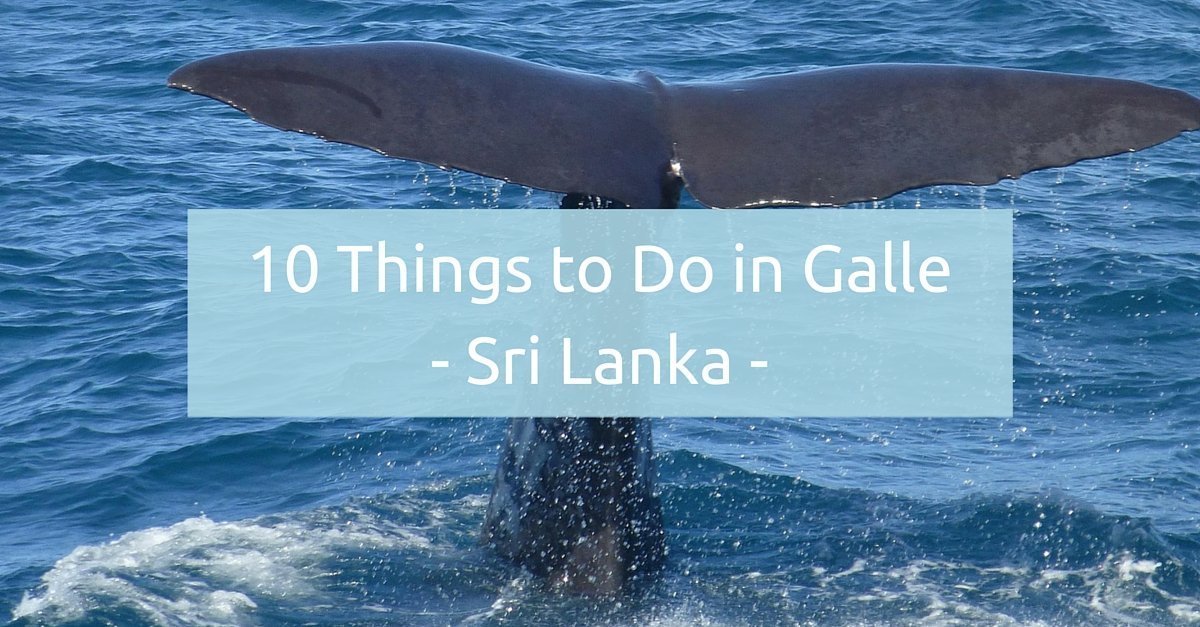Overview
One of the grandest and oldest cultural festivals in Sri Lanka is the Esala Perahera in Kandy. It is said to be the most beautiful ceremonial pageant in Asia and is celebrated in July or August according to the full moon. It lasts for 15 days.
The purpose of the ancient Esala Perahera is to parade the Sacred Tooth Relic of the Lord Buddha and ask blessings from the gods. The earliest Perahera was held in the early 4th century AD.
This Buddhist Festival combines the Kumbal Perahera with the Randoli Perahera. The word Perahera means parade and each of these two parades lasts five days. There are also special ceremonies and events in the days leading up to the Esala Perahera and a final Diya Kapeema or Day Perahera.
Visitors from all over Sri Lanka and the world flock to Kandy for this spectacular event which is of high religious significance. The colourful pageant processions include many opulently decorated elephants and elaborately costumed performers, musicians, dancers, singers and acrobats.







